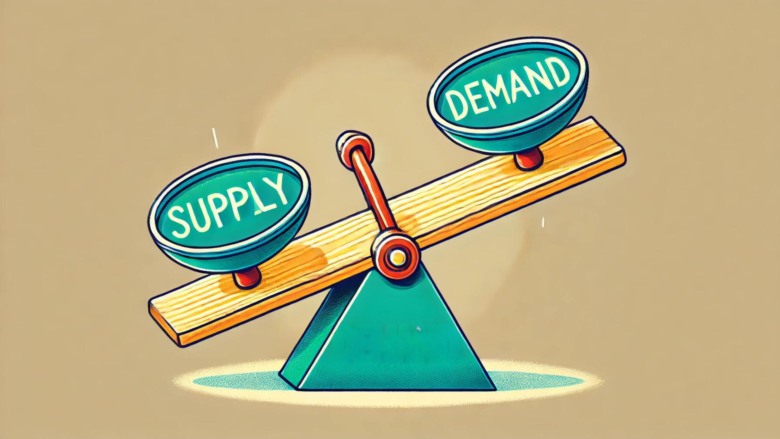In the bustling markets of India, from the crowded lanes of Chandni Chowk to the glitzy malls of Mumbai, one principle silently dictates prices and availability: supply and demand. Understanding this basic economic concept can significantly impact your buying decisions, helping you make smarter purchases and save money. Welcome to “Understanding Supply and Demand: Basics for Better Buying Decisions,” where we’ll break down this essential principle in a way that’s easy to grasp and relevant to your everyday shopping experiences.
What is Supply and Demand?
Fundamentally, supply and demand deal with the relationship between how much of a product is available (supply) and how much people want (demand). Typically, prices decrease when there is a high supply but low demand. Conversely, prices rise when supply is low and demand is high. It’s a simple yet powerful concept that affects everything from the cost of vegetables to the price of electronics.

The Law of Demand
The law of demand suggests that assuming all other factors remain constant, the quantity demanded of a product increases as its price decreases. This means consumers are more likely to buy a product when it’s cheaper. For example, during sales or discounts, we often see a surge in purchases because the lower prices attract more buyers.
The Law of Supply
Conversely, the law of supply suggests that the quantity supplied of a product rises as its price increases. Sellers are more willing to produce and sell a product when they can charge higher prices. This is why you might notice an increase in the availability of certain products during festivals or peak seasons, even if their prices are higher.
Equilibrium Price
The equilibrium price is where the supply and demand curves intersect, meaning the quantity supplied equals the quantity demanded. The market is balanced at this point, and both consumers and sellers are satisfied. However, achieving equilibrium can be challenging due to various factors influencing supply and demand.
Factors Affecting Demand
Several factors can affect demand, including income levels, consumer preferences, and the prices of related goods. For instance, increased income generally leads to higher demand for products. Similarly, the demand for older models might decrease if a new smartphone is launched with advanced features.
Factors Affecting Supply
Supply can be influenced by production costs, technological advancements, and government policies. For instance, if the cost of raw materials increases, the production of goods that use these materials may decline. Technological advancements can boost supply by making production more efficient. Government interventions, such as subsidies or taxes, can also affect the supply of particular products.
Making Better Buying Decisions
Understanding supply and demand dynamics can help you make better purchasing choices. For example, purchasing seasonal fruits when they are plentiful can be more cost-effective than buying them out of season. Similarly, waiting for sales or discounts can help you get better deals on electronics and clothing.
Conclusion
By understanding the principles of supply and demand, you can better navigate the market and make more informed buying decisions. Whether shopping for daily essentials or planning a big purchase, this knowledge empowers you to optimize your spending and get the best value for your money.
Author’s Note:
Economics may seem complex, but its basic principles are part of our daily lives. Understanding supply and demand can transform your approach to shopping, helping you make better choices and save money. Happy shopping!
G.C., Ecosociosphere contributor.




